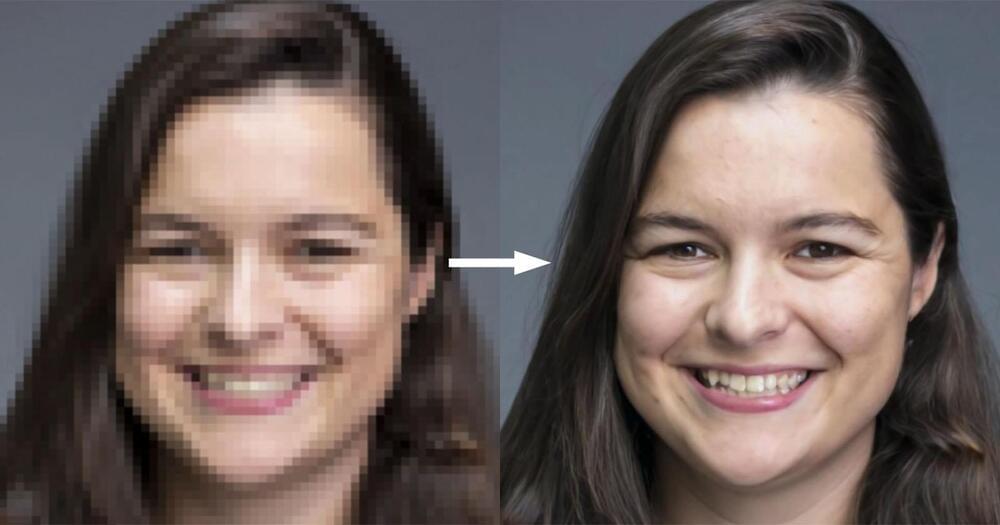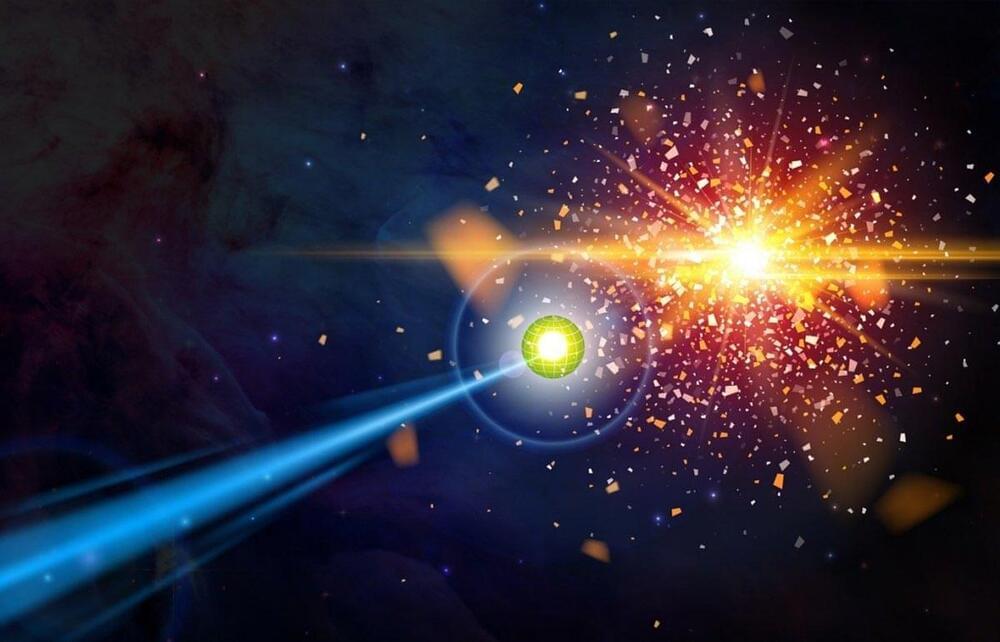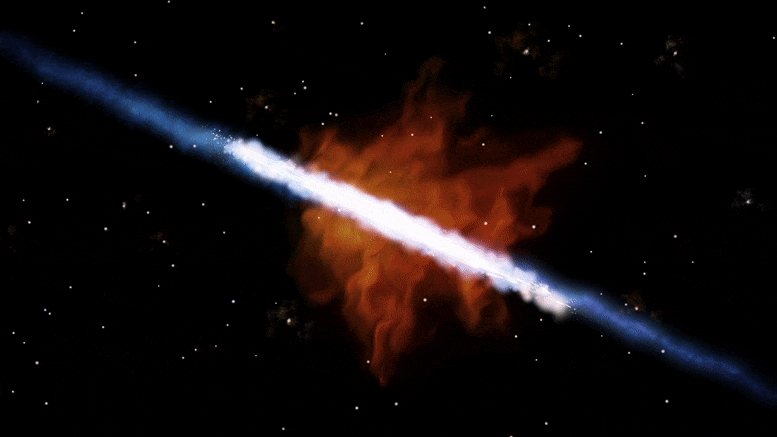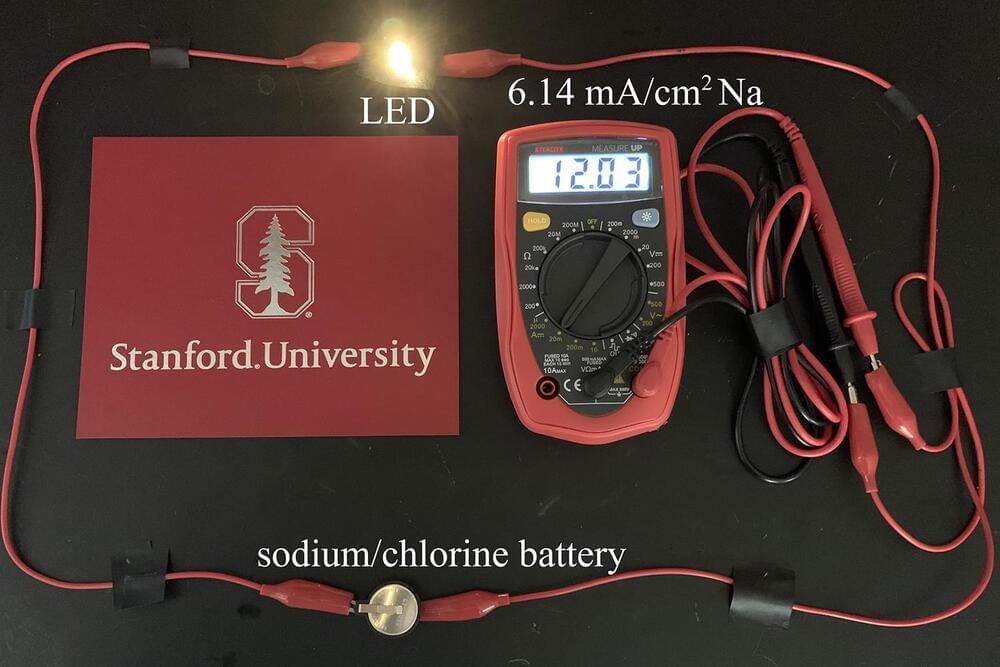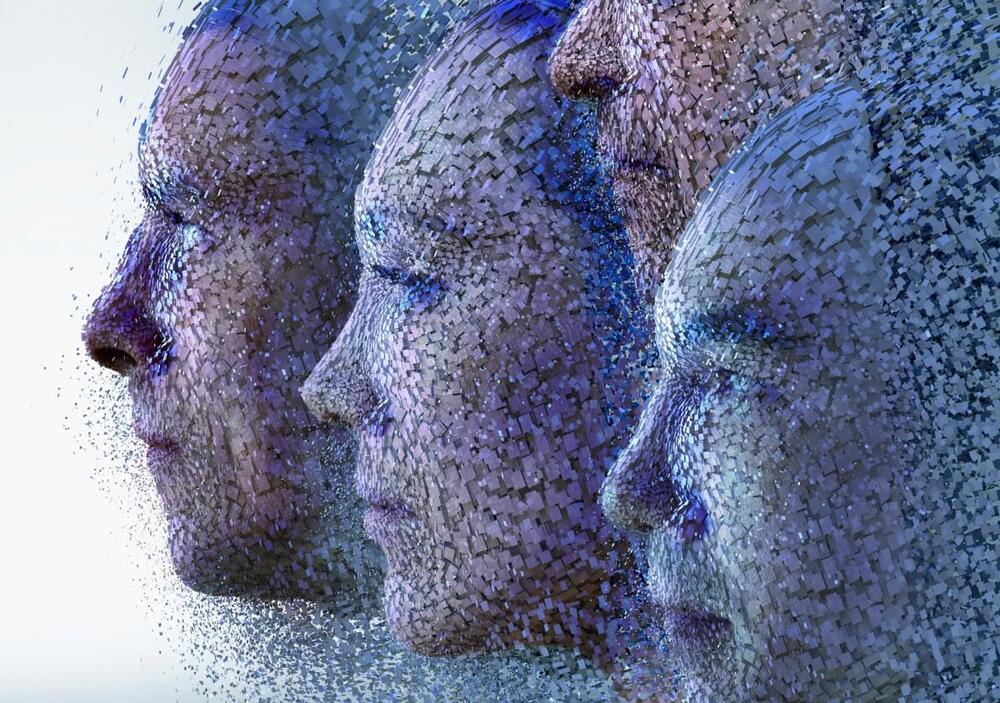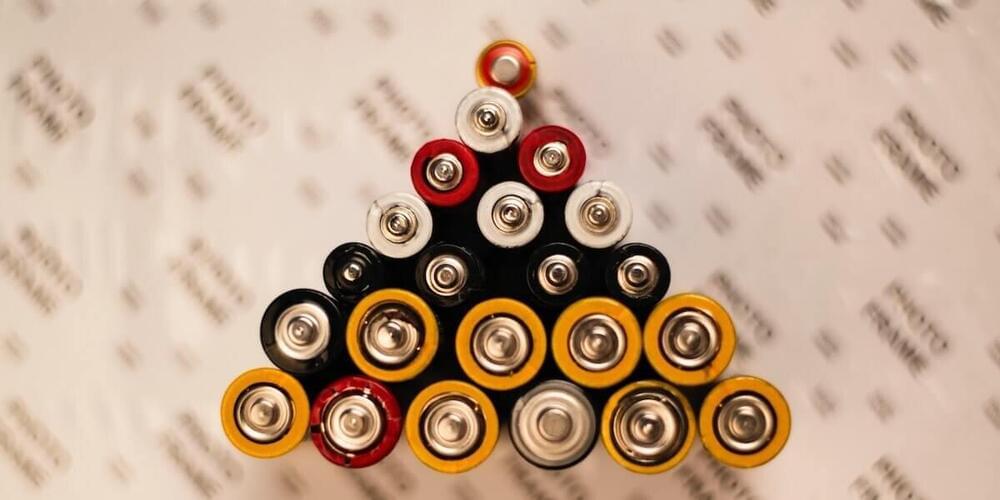Google shares its latest breakthroughs in the area of using artificial intelligence to upscale low-res photos, and the results are amazing.
New research by Surrey’s Nuclear Physics Group has shown that it’s possible to mimic excited quantum states with exotic nuclei, opening up a host of opportunities for next generation radioactive beam facilities, such as the Facility for Rare Isotope Beams (FRIB).
The results of the project – which was a collaboration between the University of Surrey and Michigan State University, USA – were published in Physical Review Letters in January 2021. The lead author was Surrey PhD student Samuel Hallam, who also studied for his undergraduate physics degree at Surrey.
One of the biggest challenges in nuclear physics is measuring reactions that occur on excited quantum states, such as are found in exploding stars due to extreme temperature and density. Until now, physicists have had to determine the rates at which nuclear reactions occur in these conditions through theoretical estimates.
“Enormous clouds of gas are pulled into galaxies and used in the process of making stars,” said co-lead author Deanne Fisher, associate professor at the Centre for Astrophysics and Supercomputing at Swinburne University in Australia.
On its way in it is made of hydrogen and helium. By using a new piece of equipment called the Keck Cosmic Web Imager, we were able to confirm that stars made from this fresh gas eventually drive a huge amount of material back out of the system, mainly through supernovas.
But this stuff is no longer nice and clean – it contains lots of other elements, including oxygen, carbon, and iron.
Stanford University scientists experimenting with a decades-old, single-use battery architecture have developed of a new version that is not only rechargeable, but offers around six times the capacity of today’s lithium-ion solutions. The breakthrough hinges on the stabilization of volatile chlorine reactions within the device, and could one day provide the basis for high-performance batteries that power smartphones for a week at a time.
The new battery is described as an alkali metal-chlorine battery, and is based on chemistry that first emerged in the 1970s called lithium-thionyl chloride. These batteries are highly regarded for their high energy density, but rely on highly reactive chlorine that makes them unsuitable for anything other than a single use.
In a regular rechargeable battery, the electrons travel from one side to the other during discharging and then are reverted back to their original form as the battery is recharged. In this case, however, the sodium chloride or lithium chloride is converted to chlorine, which is too reactive to be converted back to chloride with any great efficiency.
Firms that make chips for cars are set to see big benefits if electric car sales continue rise. Here are some of Goldman, UBS and Morgan Stanley’s stock picks.
Drone delivery technology is ready to rock, says Alphabet’s Wing spinoff, ushering in a wild new era in which small deliveries can touch down within minutes of being ordered, traveling across town at highway speeds. The only holdup at this stage is red tape, and in the few places where that’s been cleared away – like the Australian city of Logan, Queensland – drone deliveries are already proving very popular.
Wing says it’s already made a whopping 50,000 deliveries in Logan, where it kicked off activities in2019through its own app and service, flying out coffees, snack packs, BBQ chickens, sushi rolls, hardware items and a range of other small packages on demand. Eleven local business are acting as suppliers at this point.
That volume, says the company, makes Logan the world’s drone delivery capital. Or at least, the world’s legal drone delivery capital, anyway. Operations in Christiansburg, Virginia, as well as Helsinki, Finland and Canberra, Australia, have kicked in a further 50,000 deliveries between them, and Wing says demand for the super-fast delivery service is growing at an impressive rate wherever it’s made available. The company tells us that deliveries grew by 500 percent from2019to 2,020 and that in Q22021it made more deliveries than in all of 2020.
Ultrafast electron microscope in Argonne’s Center for Nanoscale Materials. Credit: Argonne National Laboratory.
Ultrafast electron microscope opens up new avenues for the development of sensors and quantum devices.
Everyone who has ever been to the Grand Canyon can relate to having strong feelings from being close to one of nature’s edges. Similarly, scientists at the U.S. Department of Energy’s (DOE) Argonne National Laboratory have discovered that nanoparticles of gold act unusually when close to the edge of a one-atom.
Recorded Future, an incident-response firm, noted that threat actors have turned to the dark web to offer customized services and tutorials that incorporate visual and audio deepfake technologies designed to bypass and defeat security measures. Just as ransomware evolved into ransomware-as-a-service (RaaS) models, we’re seeing deepfakes do the same. This intel from Recorded Future demonstrates how attackers are taking it one step further than the deepfake-fueled influence operations that the FBI warned about earlier this year. The new goal is to use synthetic audio and video to actually evade security controls. Furthermore, threat actors are using the dark web, as well as many clearnet sources such as forums and messengers, to share tools and best practices for deepfake techniques and technologies for the purpose of compromising organizations.
Deepfake phishing
I’ve spoken with CISOs whose security teams have observed deepfakes being used in phishing attempts or to compromise business email and communication platforms like Slack and Microsoft Teams. Cybercriminals are taking advantage of the move to a distributed workforce to manipulate employees with a well-timed voicemail that mimics the same speaking cadence as their boss, or a Slack message delivering the same information. Phishing campaigns via email or business communication platforms are the perfect delivery mechanism for deepfakes, because organizations and users implicitly trust them and they operate throughout a given environment.
New definitions of “habitable worlds” could include planets with global oceans under a steamy hydrogen atmosphere or exclude ones that started out habitable but lost all their water.
Batteries are widely used in everyday applications like powering electric vehicles, electronic gadgets and are promising candidates for sustainable energy storage. However, as you’ve likely noticed with daily charging of batteries, their functionality drops off over time. Eventually, we need to replace these batteries, which is not only expensive but also depletes the rare earth elements used in making them.
A key factor in battery life reduction is the degradation of a battery’s structural integrity. To discourage structural degradation, a team of researchers from USC Viterbi School of Engineering are hoping to introduce “stretch” into battery materials so they can be cycled repeatedly without structural fatigue. This research was led by Ananya Renuka-Balakrishna, WiSE Gabilan Assistant Professor of Aerospace and Mechanical Engineering, and USC Viterbi Ph.D candidate, Delin Zhang, as well as Brown University researchers from Professor Brian Sheldon’s group. Their work was published in the Journal of Mechanics and Physics of Solids.
A typical battery works through a repetitive cycle of inserting and extracting Li-ions from electrodes, Zhang said. This insertion and extraction expands and compresses the electrode lattices. These volume shifts create microcracks, fractures and defects over time.
